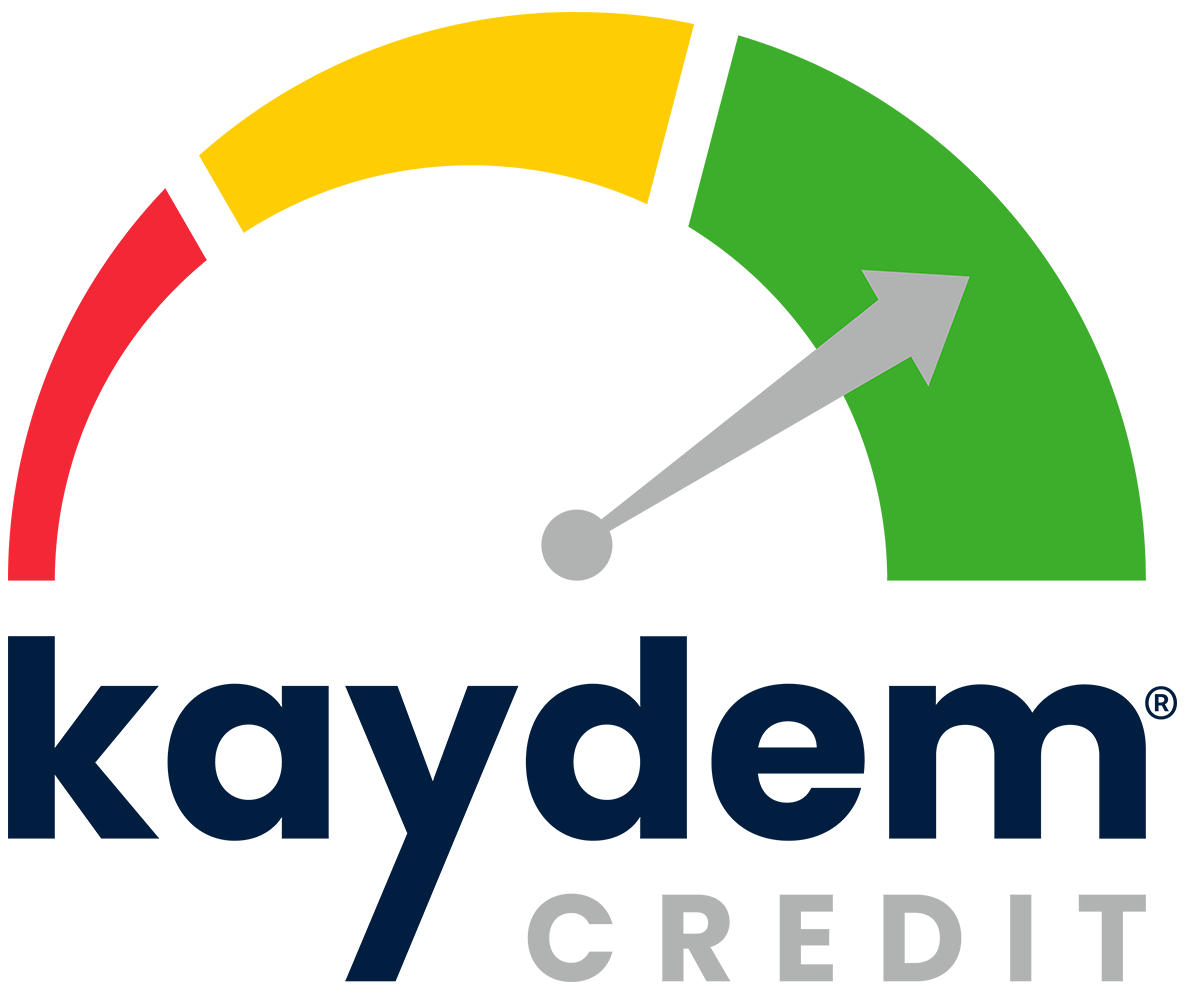Buying a house can be an exciting time, but when it comes to financing, it can leave many confused and overwhelmed. In recent years, subprime mortgages have emerged as an option for those with less-than-perfect credit to enter the housing market. But what exactly is a subprime mortgage?
If you’re considering a subprime mortgage, it’s important to educate yourself on how they work and the potential drawbacks. So, let’s dive into subprime mortgages and discuss everything you need to know.
What is a Subprime Mortgage?
A subprime mortgage is a loan specifically designed for borrowers with lower credit scores or a less-than-perfect credit history. Unlike traditional mortgages, which are offered to borrowers with good credit, subprime mortgages cater to individuals who may have a higher risk profile.
While traditional mortgages are typically offered to borrowers with good credit, subprime mortgages are tailored for those with lower credit scores. This means that subprime borrowers may have a history of late payments, high levels of debt, or a previous bankruptcy.
Additionally, subprime mortgages often come with higher interest rates than traditional mortgages. This is because lenders view subprime borrowers as having a higher risk of defaulting on their loans. The higher interest rates act as compensation for the increased risk lenders take when offering subprime mortgages.
Characteristics of Subprime Mortgages
Subprime mortgages have certain characteristics that make them accessible to borrowers with lower credit scores. These characteristics include:
Flexible Credit Requirements: Subprime mortgages tend to have more lenient credit requirements compared to traditional mortgages. Lenders may consider alternative forms of credit history, such as rental payment history and utility bill payments, in addition to credit scores.
Higher Loan-to-Value Ratios: Subprime mortgages often allow borrowers to finance a higher percentage of the home’s value. This can be beneficial for borrowers who have limited funds available for a down payment.
Adjustable Interest Rates: Subprime mortgages may have adjustable interest rates, meaning the interest rate can change over time. This feature can provide initial affordability for borrowers but may pose a financial risk if the rates increase significantly.
Prepayment Penalties: Some subprime mortgages may come with prepayment penalties, which impose fees if borrowers pay off their loans early. These penalties are designed to discourage refinancing or selling the property before a specific time.
It’s important for borrowers considering a subprime mortgage to carefully evaluate the terms and conditions of the loan, as well as their ability to make timely payments. Working with a reputable lender and considering credit repair services can help borrowers navigate the complexities of subprime mortgages and improve their overall financial situation.
How Subprime Mortgages Work
The application process for subprime mortgages is similar to traditional mortgages but with some variations to accommodate borrowers with lower credit scores.
Here’s a general overview of the steps involved:
- Gather Documentation: Borrowers will need to gather necessary documentation such as proof of income, employment history, bank statements, and tax returns. Lenders may also require documentation related to credit history, such as previous loan payments or any bankruptcies.
- Research Lenders: Borrowers need to research and identify lenders who specialize in subprime lending. These lenders understand the unique needs of borrowers with lower credit scores and are more likely to offer suitable loan options.
- Submit Application: Borrowers will complete an application form provided by the lender. This form will ask for personal, financial, and employment details. The borrower’s credit score and credit history will be assessed during this stage.
- Provide Supporting Documents: Along with the application, borrowers must submit the required supporting documents, as mentioned in step 1.
- Underwriting Process: Once the lender receives the application and supporting documents, they will conduct an underwriting process to assess the borrower’s eligibility. This includes verifying the information provided and assessing the borrower’s ability to repay the loan.
- Loan Approval or Denial: Based on the underwriting process, the lender will determine whether to approve or deny the subprime mortgage application. Once approved, the borrower will receive a loan offer outlining the terms and conditions.
Criteria Considered by Lenders for Subprime Mortgage Approval
Lenders consider various factors when approving subprime mortgage applications. While the criteria may vary among lenders, here are some common considerations:
Credit Score: Although subprime lenders cater to borrowers with lower credit scores, they still evaluate the creditworthiness of applicants. Lenders consider various factors, such as recent credit history, payment patterns, outstanding debts, and other relevant considerations.
Income and Employment Stability: Lenders assess the borrower’s income and employment stability to ensure they have the financial capacity to repay the loan. They may require proof of income, such as pay stubs or tax returns.
Debt-to-Income Ratio: Lenders analyze the borrower’s debt-to-income ratio, which compares their monthly debt obligations to their income. A higher debt-to-income ratio may increase the risk associated with the loan.
Down Payment: While subprime mortgages may accommodate lower down payments, lenders still assess the borrower’s ability to contribute to the purchase. The down payment amount can affect the terms and conditions offered.
Understanding the application process, lender criteria, and terms and conditions associated with subprime mortgages is crucial for borrowers considering this type of loan. Working with a reputable lender and seeking professional advice can help borrowers navigate the complexities and make informed decisions regarding their mortgage options.
Alternatives to Subprime Mortgages
When borrowers have low credit scores, there are alternative mortgage options available that can help them achieve homeownership. Two commonly used alternatives are FHA loans and USDA loans.
FHA Loans
The Federal Housing Administration (FHA) offers loans specifically designed for borrowers with low credit scores. These loans have more flexible credit requirements, making them accessible to a broader range of borrowers. To qualify for an FHA loan, borrowers typically need a credit score of at least 580. However, those between 500 and 579 may still be eligible for a higher down payment.
Moreover, FHA loans offer a low down payment requirement, typically around 3.5% of the home’s purchase price. Other benefits of FHA loans include competitive interest rates and the option for sellers to contribute towards closing costs. These loans are insured by the FHA, which reduces the risk for lenders and makes them more willing to lend to borrowers with lower credit scores.
USDA Loans
The United States Department of Agriculture (USDA) provides loans through its Rural Development program. USDA loans are aimed at buyers in rural or suburban areas with low to moderate incomes. These loans have more lenient credit requirements and may not require a down payment, making them an attractive option for borrowers with low credit scores.
To be eligible for a USDA loan, borrowers should have a credit score of at least 640, although exceptions may be made based on the lender’s discretion. USDA loans offer benefits such as zero down payment requirements, competitive interest rates, and reduced mortgage insurance costs. These loans also have flexible credit guidelines, making them a viable option for borrowers with lower credit scores.
Role of Credit Repair in Subprime Mortgages
While subprime mortgages provide a chance for individuals with lower credit scores to own a home, it is vital to focus on improving their creditworthiness. A low credit score not only affects the borrower’s ability to secure a mortgage but can also lead to higher interest rates and less favorable loan terms. That’s where credit repair comes in.
Credit repair companies, like Kaydem Credit, help individuals improve their credit scores by addressing errors on credit reports, negotiating with creditors, and providing financial education. A better credit score can increase the chances of loan approval, lower interest rates, and a more manageable mortgage payment.
Balancing Homeownership Dreams with Financial Responsibility
Subprime mortgages are a viable option for borrowers with lower credit scores looking to achieve homeownership. However, they can be a risky financial option for those with a less-than-perfect credit score. While it may offer an opportunity to become a homeowner, it also comes with higher interest rates and the potential for foreclosure.
As a credit repair company, it’s crucial to inform our clients about the possible advantages and disadvantages of subprime mortgages. We must also motivate them to enhance their credit score and qualify for better loan options in the future. By making smart financial decisions and utilizing our credit repair services, our clients can achieve their dream of homeownership without sacrificing financial stability.







